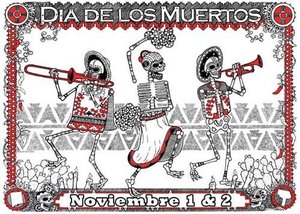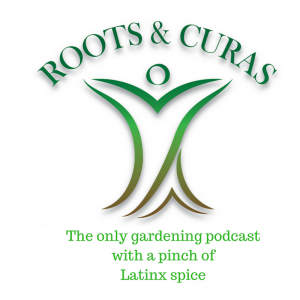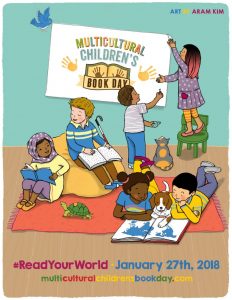By Insight Tr3s
As Halloween draws near, we recognize the holiday’s sister, El Día De Los Muertos (Day of the Dead), which is quickly becoming a celebrated cultural draw among both Hispanic Millennials and non-Hispanic Millennials. In recent years, this cheerful Mexican holiday has formed part of school roster events providing American teens and twenty-somethings a window into our Hispanic culture.
According to Pew Research Center, the Millennial generation is forging their unique, collective personality as they make their passage into adulthood. Millennials are inclined to be self-expressive, confident, upbeat and receptive to new ideas and ways of living. With this understanding, it makes sense that they have made room for celebrating El Día De Los Muertos alongside Halloween.
The number of Day of the Dead festivals, outdoor concerts, celebrations and friendly gatherings is growing across the U.S., especially in larger cities. A quick glance at local calendar listings shows a host of Día De Los Muertos festivities for all ages to participate in.
The hot ticket is this year’s Dia De Los Muertos festival at Hollywood Forever Cemetery in Los Angeles. It will be the largest fete of its kind in California. World-famous musical act Ozomatli, a Los Angeles culture-blending band, will entertain the crowd with their blend of urban Latino meets hip-hop and salsa, dancehall and cumbia, samba and funk, merengue and comparsa to wake up the dead for this year’s honoring of passed souls.
The two holidays, while in close proximity on the calendar, have very different sentiments. Halloween in contemporary America typically evokes spooky and haunting images of gory monsters and creepy skeletons. In contrast, El Día De Los Muertos, an important holiday in the U.S. amongst Mexican-Americans, is a time to remember departed loved ones.
The traditional Mexican holiday reunites and honors beloved ancestors, family and friends. It’s an ancient and enduring ritual for the living to commune with the dead in an effort to experience the day together. Family and friends gather at the gravestone to welcome and honor the deceased soul with bright candles, pictures, flowers, fruit, and bread or pan dulce. These festive gatherings are an opportunity to teach the children about those who came before them.
For the newcomer to this special cultural custom, here is a brief comparison takeaway of the two holidays. Halloween is October 31. Día De Los Muertos is November 1st & 2nd. Halloween evokes harmful spirits that are kept away with scary masks and frightening costumes, while El Día De Los Muertos welcomes visits from familiar spirits to celebrate their memory. Popular symbols of Halloween include pumpkins known as “Jack-o-lanterns” and images of the occult or magic. Typical Día De Los Muertos elements span skulls, dancing skeletons, cheerfully decorated graves and flowers.
The increase in Day of the Dead parties and festivals across American cities indicates that the mainstream is warming up to this colorful custom.
Viva El Día De Los Muertos in America!
Sources: Hispanic-Culture-Online.com, LADayoftheDead.com, Pew Research Center, SpanglishBaby.com





